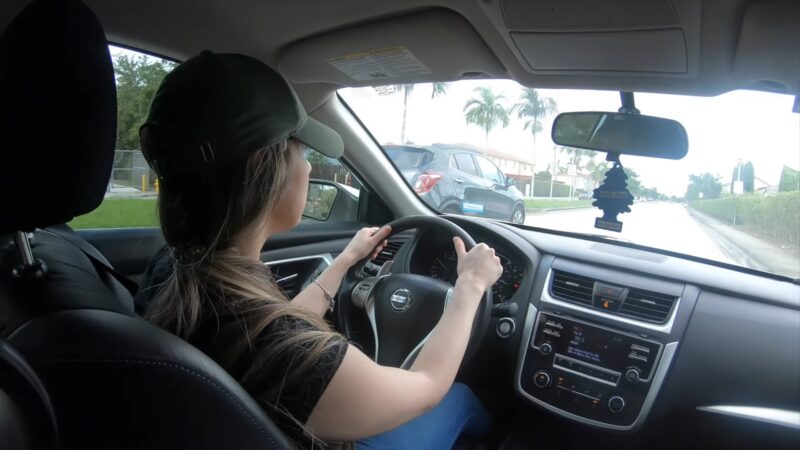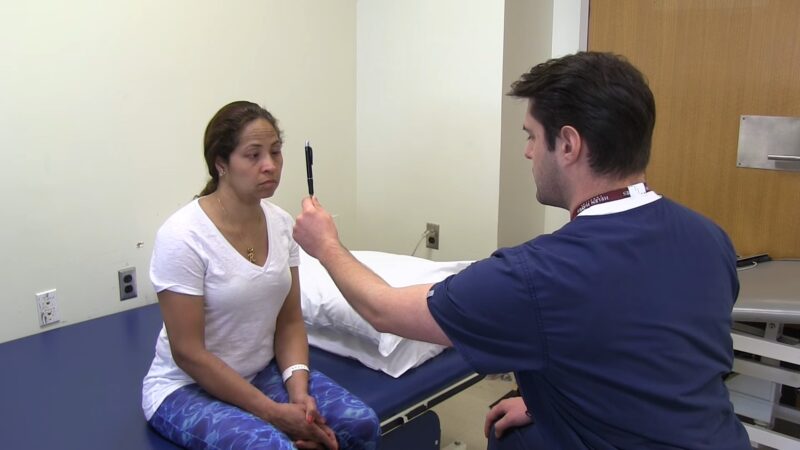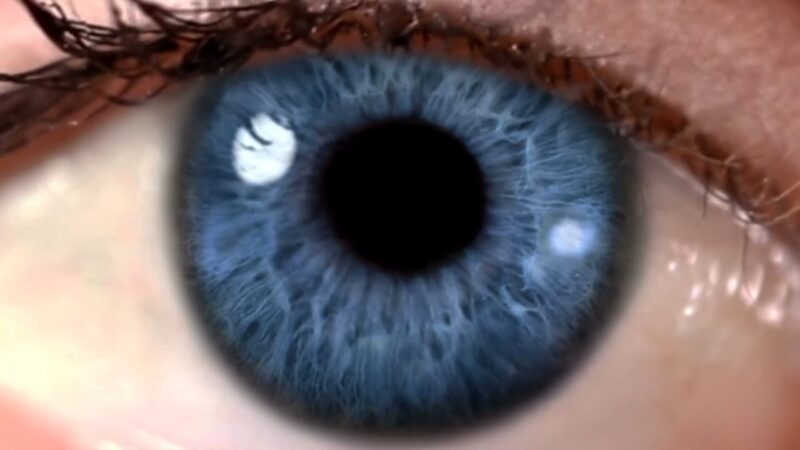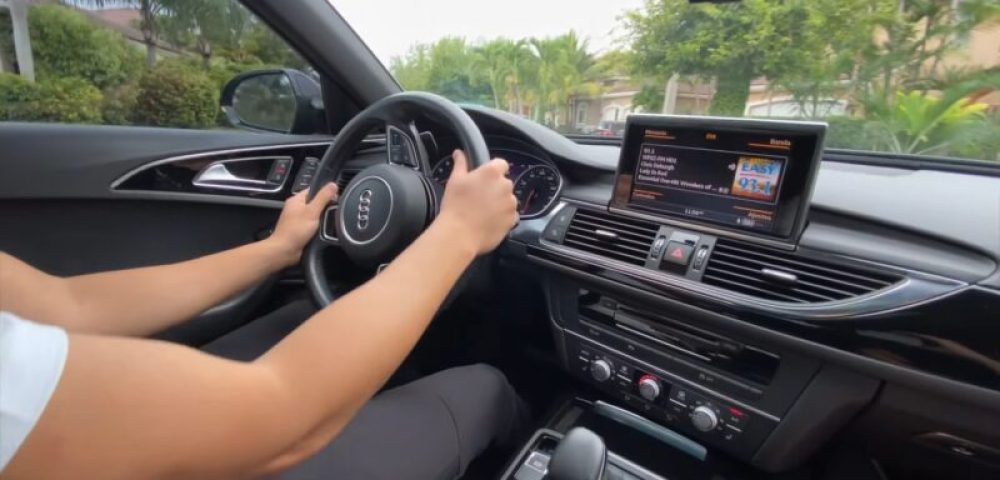For many individuals, the question of when they can resume daily tasks after surgery, particularly driving, becomes paramount. Driving is more than just a mode of transportation for many; it’s a representation of freedom, self-sufficiency, and routine.
Especially after an eye procedure like cataract surgery, there’s a keen eagerness to regain this independence and embrace the world with enhanced clarity.
As you probably know, cataract is quite an uncomfortable condition.
Now, we want to provide a comprehensive understanding of the timeline, safety measures, and various considerations one should account for before confidently getting back behind the wheel post-cataract surgery.
Recovery Process
Understanding the general recovery time after a procedure can help set expectations and plan post-operative care. Recovery from cataract surgery is relatively quick for most patients. By the day after the procedure, many notice a significant improvement in their vision.
The complete recovery process, where the eye heals fully, can take up to 6 weeks. Individual experiences may vary. Factors like age, general health, and the presence of other eye conditions can affect the speed of recovery.
It’s essential to follow your ophthalmologist’s advice and attend all follow-up appointments to ensure everything is healing as it should.
Factors That Impact Driving Readiness

While the general recovery time gives a ballpark estimate, individual readiness to drive post-surgery can be influenced by various factors. Here’s a closer look at what might affect your ability to drive.
Visual Acuity
Your visual sharpness is paramount when it comes to driving. After surgery, there’s an adjustment period where your eye adapts to the new lens. It’s crucial to ensure that your visual acuity is within the legal requirements for driving.
Note that your vision might fluctuate during the initial days post-surgery. Regular check-ups will help track progress and determine when your vision stabilizes.
Light Sensitivity
Post-surgery, many patients report heightened sensitivity to light, which can be disorienting, especially when driving during the day or facing oncoming headlights at night. It’s advisable to wear sunglasses with UV protection when stepping out.
Over time, this sensitivity diminishes, but it’s best to avoid driving until you’re comfortable with light conditions.
Safety Precautions for Post-Surgery Driving

Resuming driving after cataract surgery isn’t just about vision. It’s also about ensuring you’re equipped to handle the demands of the road safely. Here are some precautions to consider.
Follow Doctor’s Recommendations
- Always adhere to your ophthalmologist’s advice.
- They have the best understanding of your eye’s condition and will provide guidance on when it’s safe to start driving.
- Most doctors recommend waiting for at least 24 hours post-surgery before considering driving.
- This allows initial healing and ensures that any sedatives used during the procedure have worn off.
Initial Short Drives
- Once you’re cleared to drive, consider taking short drives initially.
- This helps you gauge your comfort level and adjust to any changes in vision or depth perception.
- Be cautious of areas with heavy traffic or challenging driving conditions until you’re confident in your visual abilities post-surgery.
Additional Considerations for Post-Surgery Driving

Beyond the immediate recovery and safety precautions, there are other considerations to take into account when thinking about driving after the procedure.
It’s essential to be aware of these additional factors to ensure safety on the road.
| Medications/Eye Drops Purpose | Potential Side Effects | Recommendations |
|---|---|---|
| Assist in the healing process | Drowsiness | Read medication labels |
| Prevent infections | Blurred vision | Be aware of potential side effects |
Emotional Readiness
Psychological readiness is just as crucial as physical readiness. Even if your vision is clear and meets the legal requirements, you may still feel anxious or uncertain. It’s essential to feel confident in your abilities to drive.
If you’re feeling anxious, consider additional vision tests or even a few driving lessons to regain confidence.
Support Systems for Post-Surgery Transition

You don’t have to navigate the post-surgery period alone. There are support systems and resources available to help make the transition smoother and ensure that you’re ready to get back on the road.
Ride-Sharing and Transportation Services
- If you’re not immediately ready to drive, consider using ride-sharing services or public transportation.
- This can bridge the gap between your surgery and when you feel comfortable driving again.
- Friends and family can also be a valuable resource.
- They can assist with driving duties or accompany you during your initial drives post-surgery for support.
Vision Therapy
- Some patients benefit from vision therapy after surgery.
- This is a series of exercises and activities designed to help with visual processing and coordination.
- If you’re having difficulty adjusting to your new vision, consult with your ophthalmologist about the potential benefits of vision therapy.
Post-Surgery Lifestyle Adjustments

Besides immediate driving, cataract surgery might necessitate some broader lifestyle adjustments. Adapting to these changes can enhance your post-surgery experience and ensure you enjoy the benefits of improved vision to the fullest.
Adjusting to New Glasses or Prescription
While the main aim of the surgery is to improve vision, you might still need glasses for certain activities, albeit with a new prescription. Transitioning to new glasses can take a bit of adjustment, especially if there are significant changes.
Remember to have your eyes tested post-surgery and get an updated prescription if necessary. Familiarize yourself with the new visual aids before engaging in activities like driving.
Eye Protection
With your improved vision, you’ll likely be eager to engage in various activities. It’s essential to incorporate eye protection habits, especially in situations where there’s a risk of injury or exposure to harsh elements.
This includes wearing safety goggles when doing tasks like woodworking or playing certain sports, and sunglasses to protect against UV rays during outdoor activities.
FAQs
Do I Need to Inform My Car Insurance Company About My Cataract Surgery?
It’s always a good practice to inform your insurance company about any major surgeries. While it may not be a requirement, it’s best to ensure there are no potential issues or requirements from their end.
What Signs Should Tell Me I’m Not Ready to Drive Yet After My Surgery?
If you experience persistent blurred vision, discomfort, sensitivity to light, or any visual disturbances, it’s essential to wait and consult your ophthalmologist before driving.
Can I Drive if I Had Cataract Surgery in Just One Eye?
It’s possible to drive with one eye operated on, but the decision depends on your overall visual acuity, depth perception, and the advice of your ophthalmologist.
Is There Any Additional Care I Should Take While Driving for The First Time Post-Surgery?
Yes, for the first few times you drive post-surgery, try to drive during daylight, avoid busy roads, and perhaps have a companion with you for added confidence and safety.
How Can I Prepare in Advance to Ensure a Smoother Transition Back to Driving?
Planning your post-surgery support, such as ride-sharing or having friends and family help with driving duties, can ease the transition. Additionally, consider vision therapy or additional driving lessons to rebuild confidence if needed.
Last Thoughts
Cataract surgery, with its profound potential to revitalize one’s visual experiences, marks a significant milestone in an individual’s journey towards improved health and quality of life. As the post-surgery phase unfolds, the anticipation of returning to regular activities, especially driving, can be a mix of excitement and caution.
It’s vital, however, to recognize that the journey back to the driver’s seat should be characterized by informed decisions, patience, and prioritizing one’s well-being.
Through a diligent understanding of recovery timelines, heeding expert advice, and being mindful of personal readiness, patients can ensure a seamless and safe transition back to driving.
Related Posts:
- How Long to Wear Eye Shield at Night After Cataract…
- 6 Disadvantages Of Cataract Surgery - Seeing Beyond Clarity
- How Sex Toys Can Transform Your Bedroom Dynamics:…
- Who Pays Health Insurance While on Long-Term…
- What are Toric Contact Lenses? Here's What You Need to Know
- How Do You Check if a Website is Not Working: 2024 Guide















